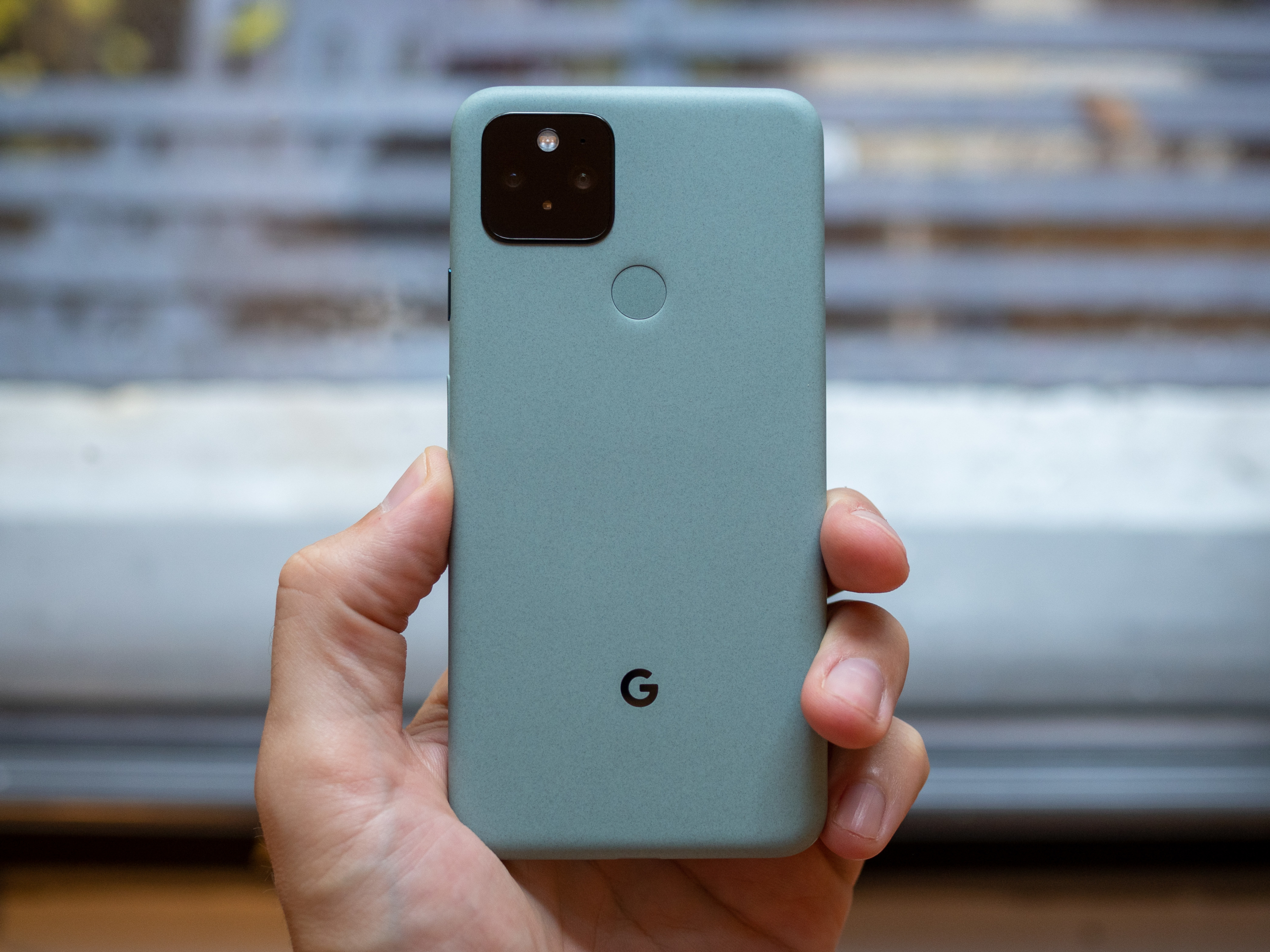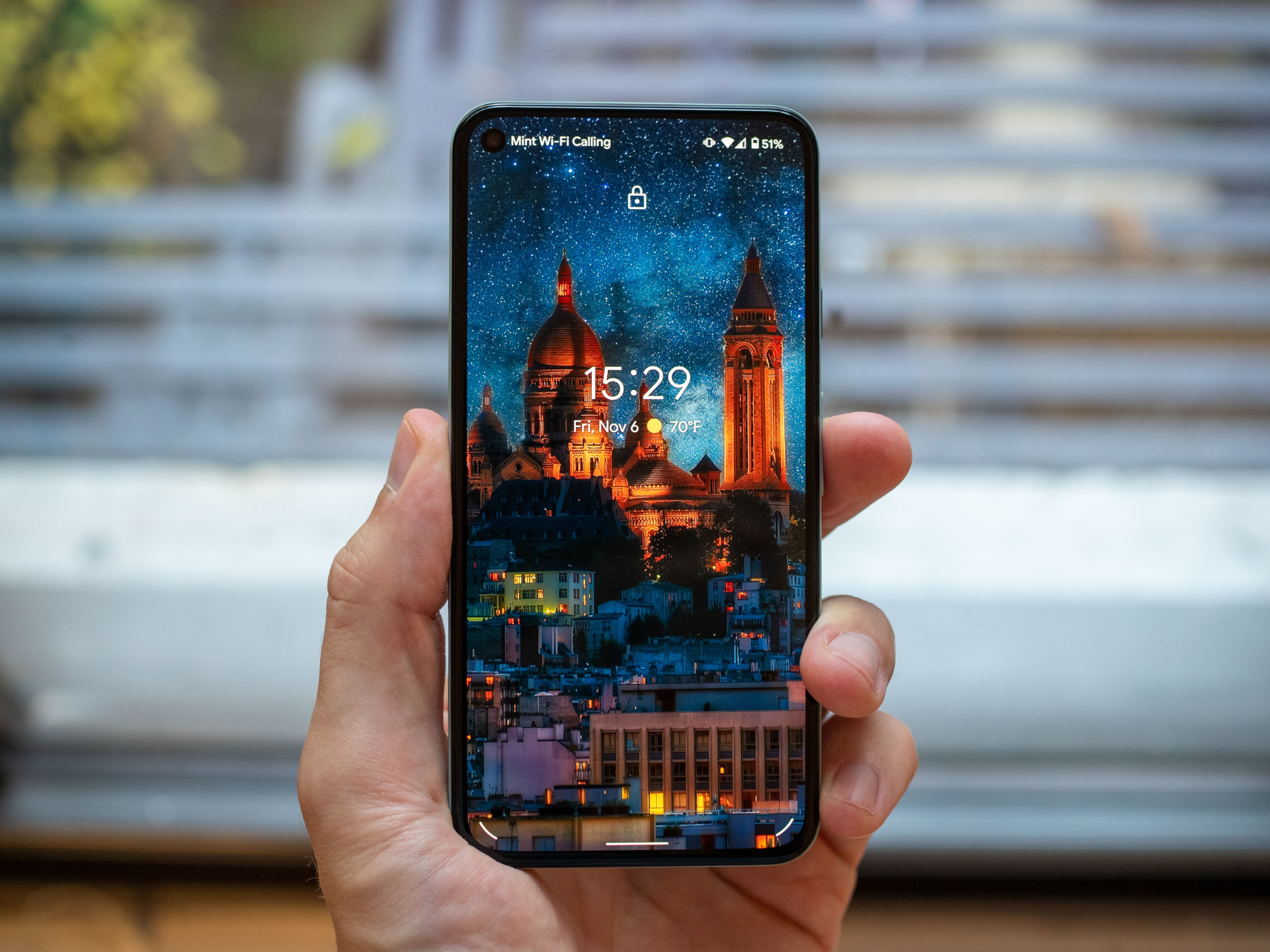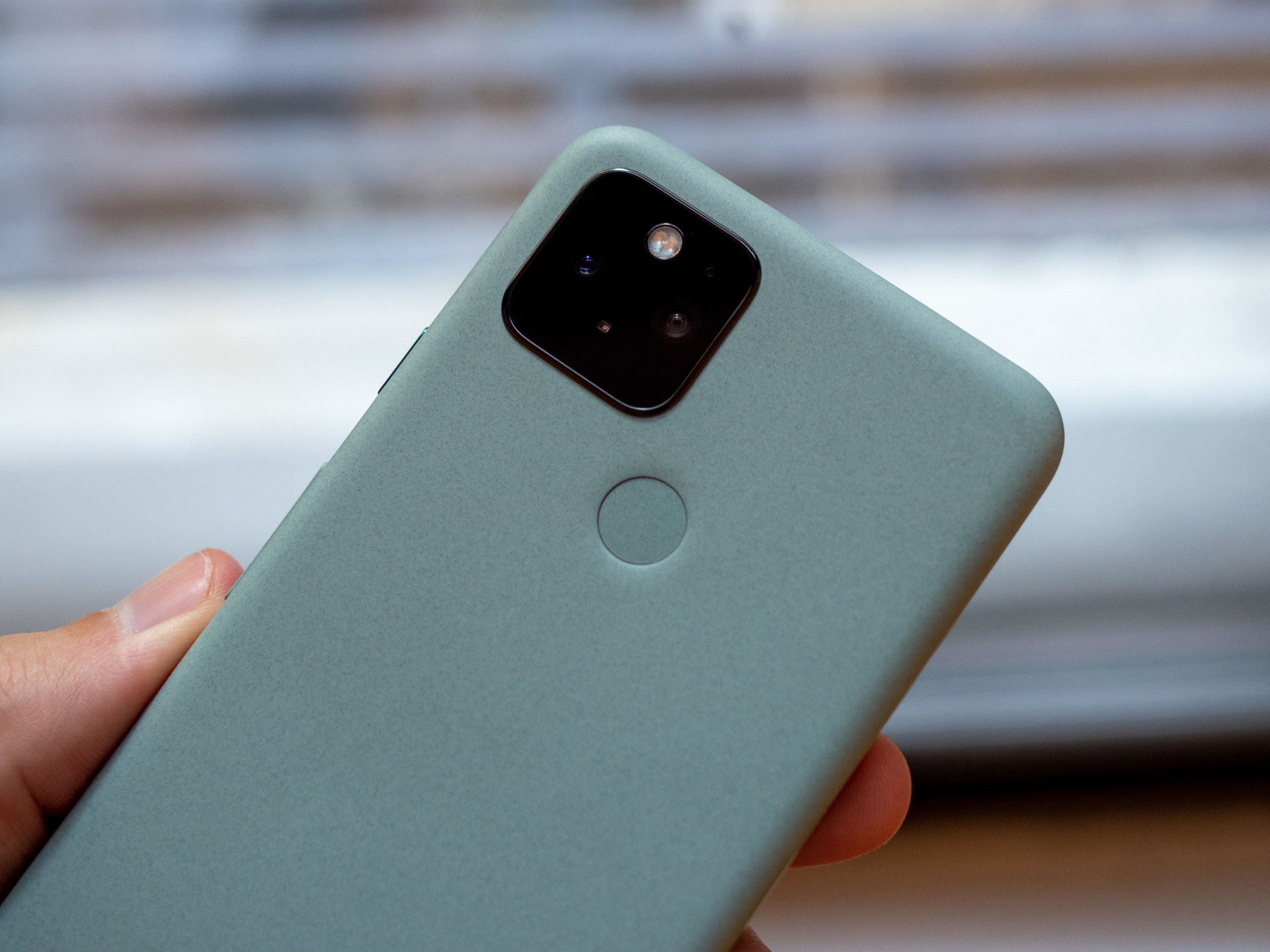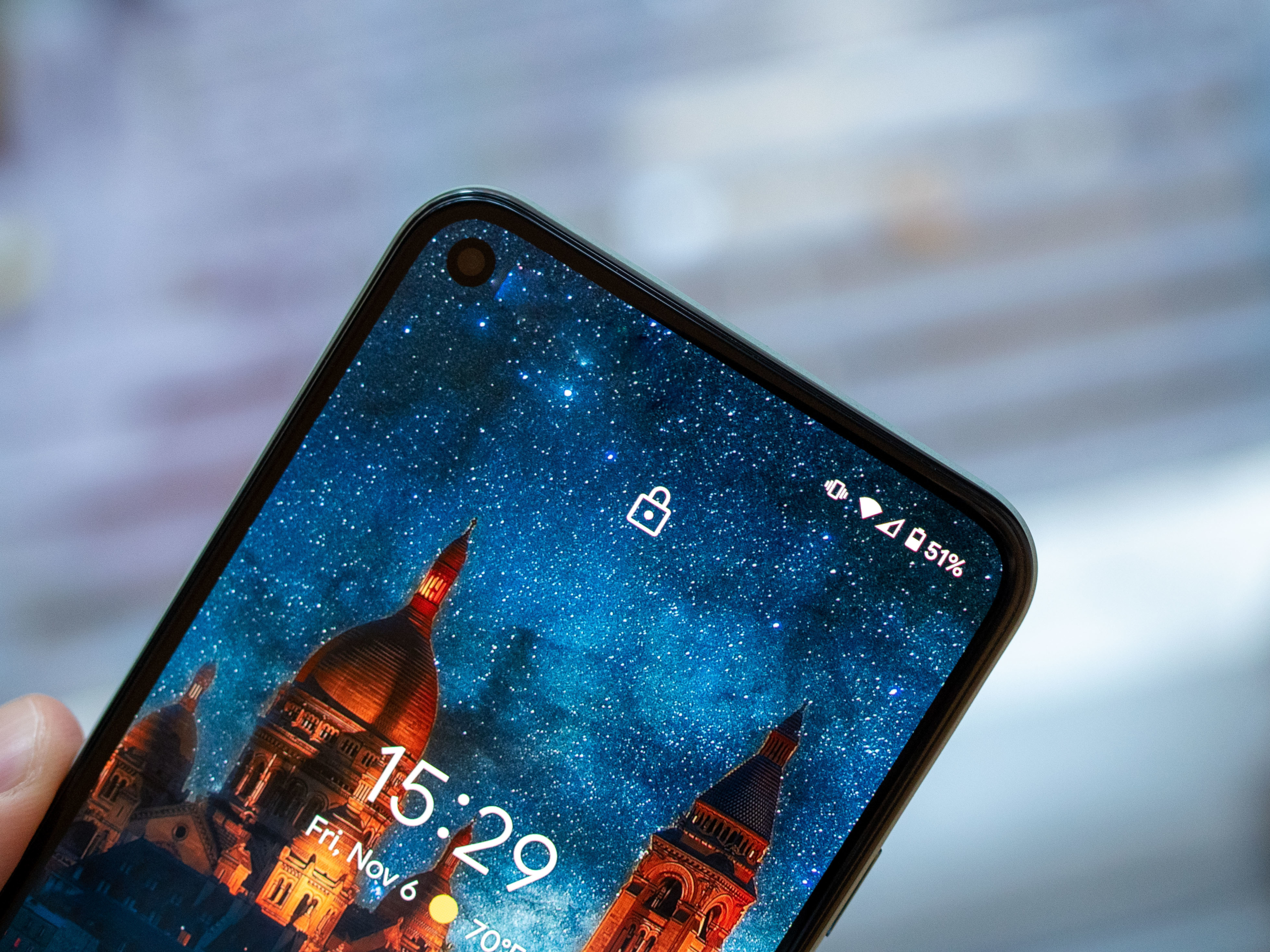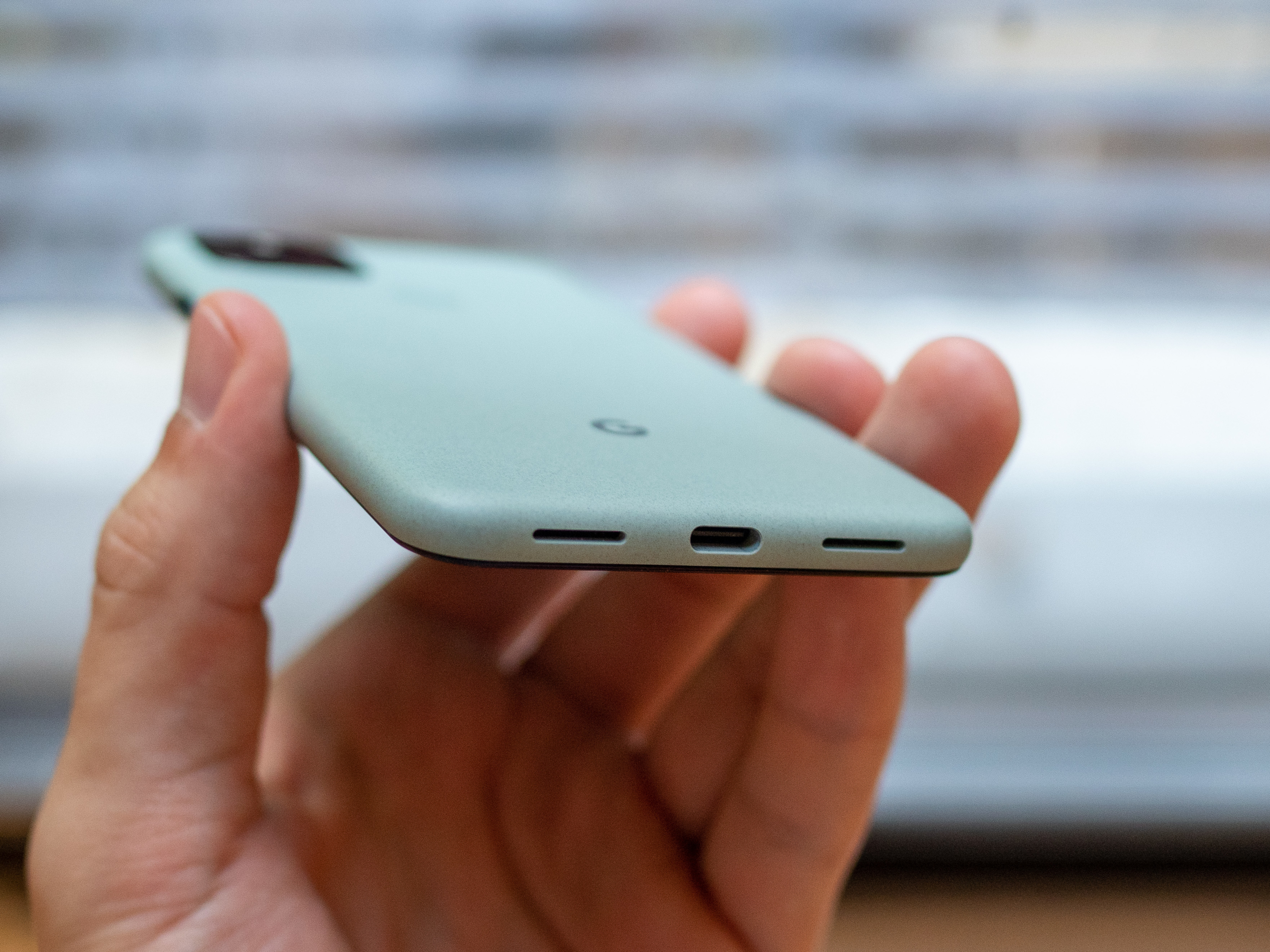The Google Pixel 5 isn’t exactly an inspired product. It doesn’t push the boundaries of the smartphone experience, or introduce any new feature or spec you can’t get anywhere else. Nor does it present itself as being particularly exciting — many people even call it outright boring.
But despite its intense banality, I love it for what it is. There’s something you find when you use the Pixel 5 that isn’t seen in the specs or renderings online. Like all Pixels before it, the Pixel 5 offers an experience greater than the sum of its parts. Here’s why I’m continuously enjoying having it in my pocket and at my side.
The camera experience
The Pixel line doesn’t have a huge mindshare among average smartphone buyers, but if it has a reputation for anything, it’s camera quality. And it’s completely deserved. Even at $700, the Pixel 5 is in the running for the best
The 12-megapixel sensor isn’t anything special, but Google’s image processing absolutely is. Photos are a perfect combination of natural and eye-catching, with excellent clarity and crispness. There’s just the right amount of color pop and saturation, and the HDR processing does a really good job of managing highlights and lowlights without introducing a fake look. And it doesn’t take any work — just point, tap, and you get a great photo with incredible consistency.
All eyes have been on the iPhone 12‘s Night Mode of late, but I find the Pixel’s Night Sight to be quite comparable in most scenarios — and better in incredibly dark scenes. Night Sight is one area where the Pixel can tend to lean to a slightly unnatural look, but in the process, it gets night photos that are somehow just as colorful and smooth as daylight shots. And the camera app now automatically engages Night Sight when it sees fit, just like the iPhone.
I’m incredibly happy that the main camera is paired up with a secondary ultrawide camera, which is typically a weaker sensor and lens but in this case performs extremely well thanks to Google’s great processing. Some will lament the loss of the dedicated zoom camera, but Google’s “Super Res Zoom” technology actually takes surprisingly good zoom shots using digital cropping and advanced processing with the main camera. Just keep the zoom under 4x.
Google’s processing is perhaps even more impressive for selfies, which continue to be industry-leading. The same exact color profile and traits from the rear camera are carried over to the front, and you even get excellent Portrait Mode shots despite having only one lens.
Dead-simple hardware design
I know some people are lured in by the shiny exteriors of the Galaxy S20 FE, OnePlus 8T, and iPhone 12, but there’s something to be said for the Pixel 5’s simple hardware that bucks the trend seen in those phones. If you’re bold enough to use your phone without a case, you’re rewarded with a phone that’s comfortable in the hand and friendly from all angles. The body is metal, but it has a textured finish so it isn’t cold to the touch.
That textured finish also gives the Pixel 5 plenty of grip, so it isn’t flying out of your hand like a wet bar of soap. But it also doesn’t get riddled with fingerprint smudges and bits of pocket lint, like every glass-backed phone. The coating also let Google cut a hole in the metal on the back (that you can’t feel in any way) to allow for wireless charging. Clever.
Now I have to say, the Pixel 5 in black is a little too simple. The “Sorta Sage” light green color that I chose injects a nice level of playfulness; the black color just accentuates its lack of interesting visual elements. Again this really only matters if you skip a case — and I am fond of the Google fabric cases — but if you go naked, get the Sorta Sage.
It’s small and light
It isn’t the compact wonder that the Pixel 4a is, but the Pixel 5 still a great size. With no-frills hardware wrapped around a 6-inch display, it walks a perfect line between having enough room to get everything done and not burdening your hands or pockets. It’s a bit shorter and narrower than the iPhone 12, and a little lighter as well.

That makes the Pixel 5 plenty small enough to wear a case and still be manageable, in a world where so many smartphones are so big as to be unwieldy. And case or not, you never feel burdened by the Pixel 5. Part of that comes from the smooth lines and complete lack of sharp edges around the entire phone, but is really apparent in its overall dimensions.
I don’t forget the Pixel 5’s in my pocket in the way I often would with the Pixel 4a, but it’s close. A phone of this size and weight just isn’t a burden, and never makes you adjust what you’re doing to accommodate it. It can fit in pants pockets, small coat pockets, or any other little nook you need it to.
Simple and helpful software
The software takes the same approach as the hardware: It stays out of your way, and provides just what you need. Unlike just about every other Android phone, the Pixel isn’t filled with duplicate system apps or random apps that you don’t want. There are little treats like the gestures to mute the phone with a button long press and set Do Not Disturb when putting the phone facedown. The always-on display provides information at a glance, and hands-free “Hey Google” detection is quite nice to have. And for some reason, I’m always impressed by the fact that the phone automatically identifies any music playing around you and displays it on the lock screen.
Obviously, if you’re not living in the ecosystem of Google services, you’ll find the approach of having Google everywhere a bit heavy-handed, but it’s hard to complain when the apps and services are so good. And the best part is that you can, of course, install any apps you want, and they can be set as default. You can also simply skip over the Google services you don’t need.
But no matter how you have the phone set up, you can appreciate the simple interface, slick animations, and consistent performance. Yes, it has “only” a Snapdragon 765 chipset, but that doesn’t matter — the Pixel 5 has handled everything I’ve thrown at it, including lots of processor-intensive photo and video capture. And Google has a solid track record of keeping old phones running as best they can over the course of three years of guaranteed software updates.
Incredible value for money
All of these qualities the Pixel 5 exhibits are impressive because the price is so reasonable: Just $700. Because Google skipped a lot of the wow-factor design and features, it was able to get solid specs, nice hardware, and an exceptional camera down to a great price. And it didn’t skip on the quality-of-life improvement features — there’s a 90Hz display refresh rate,
Sure, the Pixel 5 is boring by some measurement, but for this price, if it presented itself as exciting, we’d end up being disappointed because there’s no way it could live up to it. As I’ve said before, Google was incredibly pragmatic with 2020’s Pixel lineup, and it ended up making better overall products.
Interestingly, the Pixel 5 is arguably not even the best value phone Google has on offer right now. That title would land on the Pixel 4a








